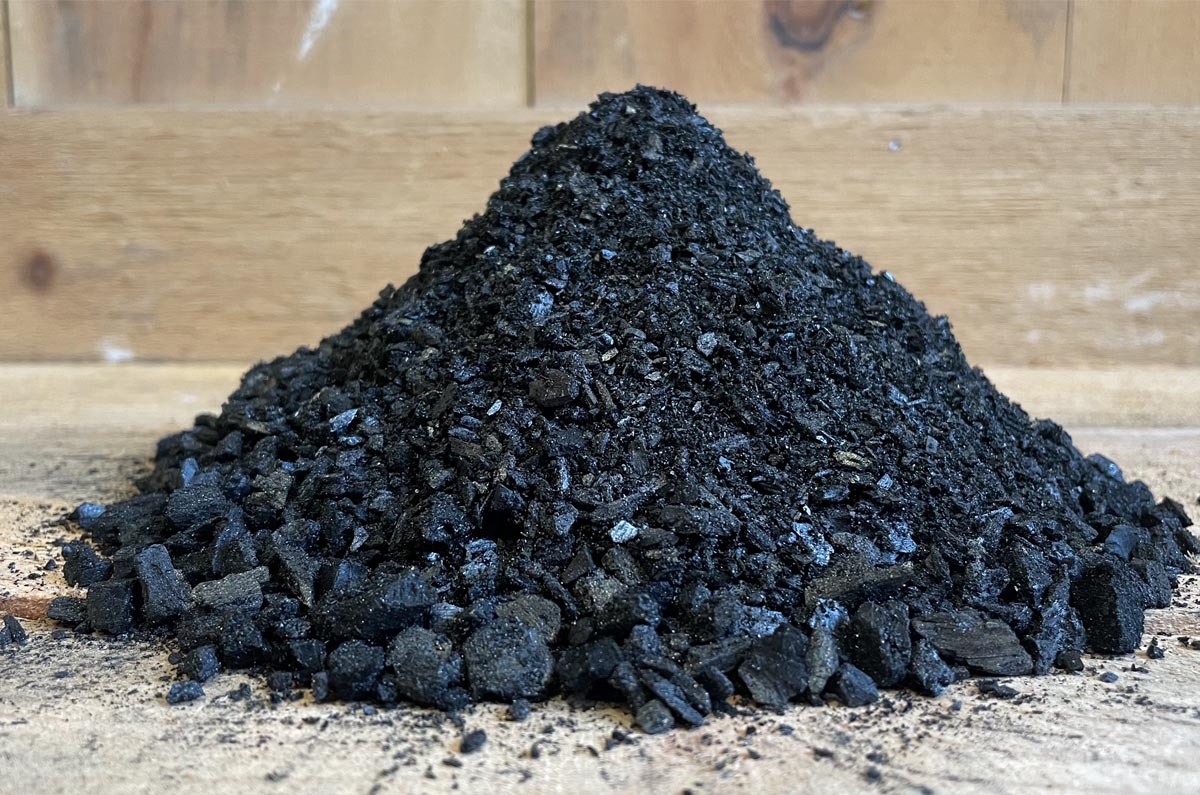Our guest blog series from Columbia University students continues. This week they interview Shawn Dell Joyce, a painter, educator, and founder of the Wallkill River School of Art, a nonprofit that offers outdoor painting workshops on open spaces and small farms.

Shawn Dell Joyce responded to our emails enthusiastic to help us learn more about local landscape artists. She is the founder of the Wallkill River School of Art, a nonprofit artist’s collective in Orange County, New York that features an art gallery and plein air painting workshops on open spaces and small farms. The organization is devoted to an environmental mission of conserving both types of landscapes and the local economy by generating revenue for Orange County artists. Joyce believes her organization follows in the footsteps of the Hudson River School by combining artistic and environmental pursuits.

Hamptonburgh Preserve, 2015, pastel
What inspires you about the Hudson River School painters?
The Hudson River School painters were America’s first environmentalists. In their paintings they exposed the denuding of the Hudson landscape to feed the iron industry, in addition to the industrialization of the Hudson River with the railroads cutting through the valley.
What differences do you see between the Hudson River School and contemporary plein air painting?
The challenges we face are very different. While the Hudson River School had to contend with industrialization, we contend with urban sprawl and commercialization. Those of us in this movement are focused on creating a place-based localized economy with agriculture as the backbone.
How does painting a landscape (en plein air or not) change your relationship to that place?
Plein air painters are chroniclers of this very moment in time in this certain place. We are in the moment and reflect our moment, our culture, our vision. When you paint something, you cannot help but fall madly in love with it. You see everything when you paint, minute tiny details you would never notice otherwise. It stimulates that natural awe and wonderment we had as children. You are thoroughly and completely in the moment and place.
This is the second in a series of guest blogs on painting or drawing outside—also called plein air art—created through a partnership with students at Columbia University’s Earth Institute. Our thanks go out to the students who put these interviews together: Barbara Hickam Pressman, Alina Kharisova, Annie Mesa, Sophia Rhee, and Kristina Tougas. For more information on plein air painting, check out these MyWoodlot resources.






